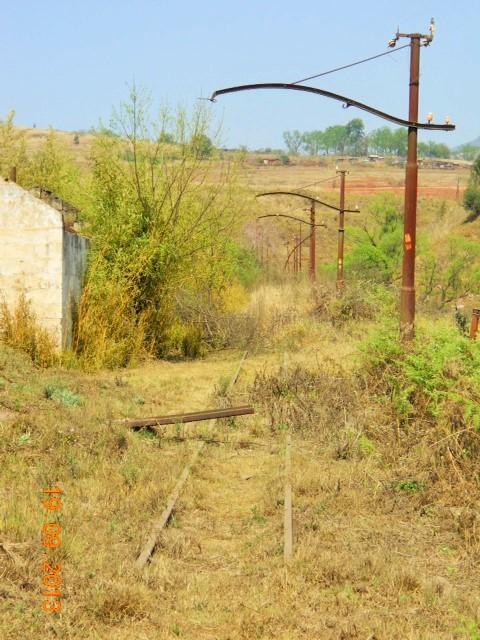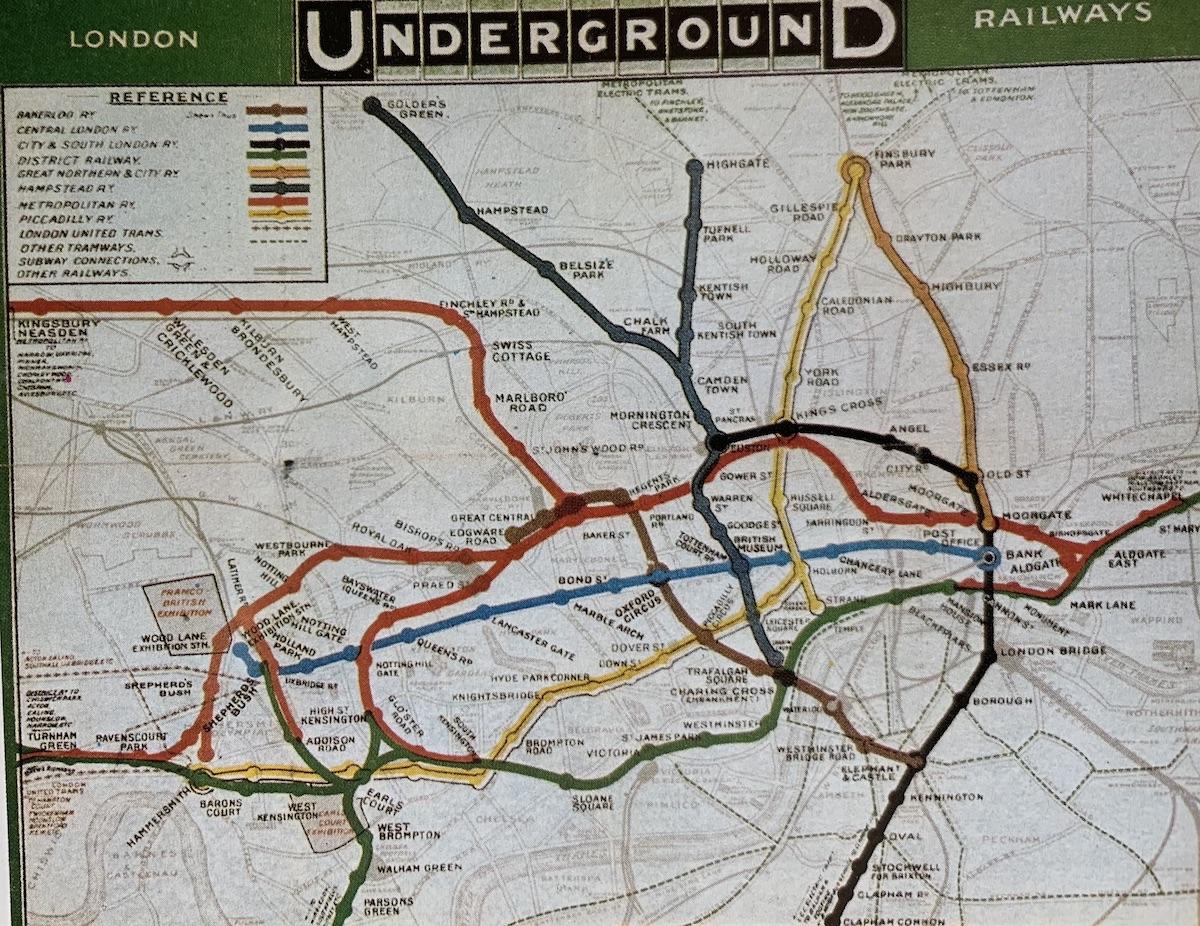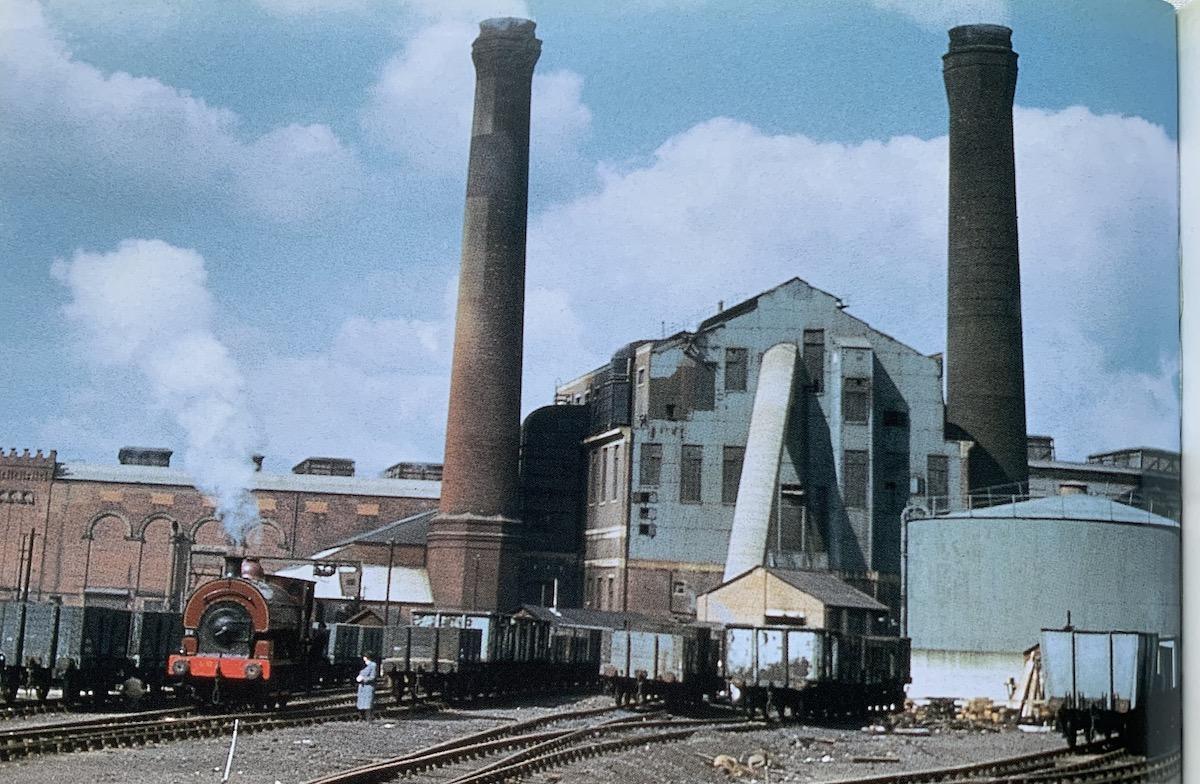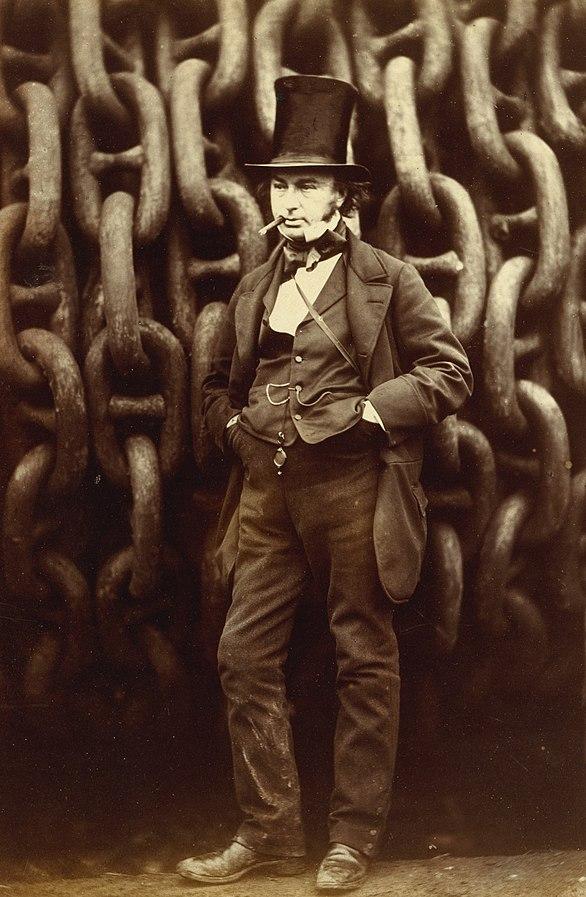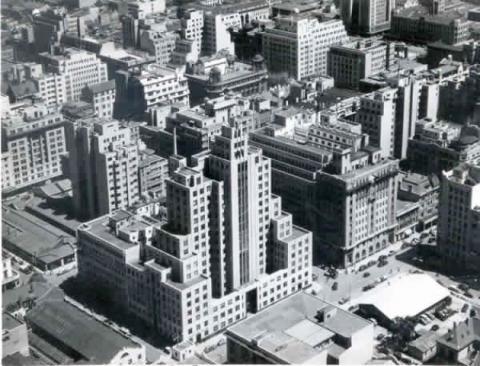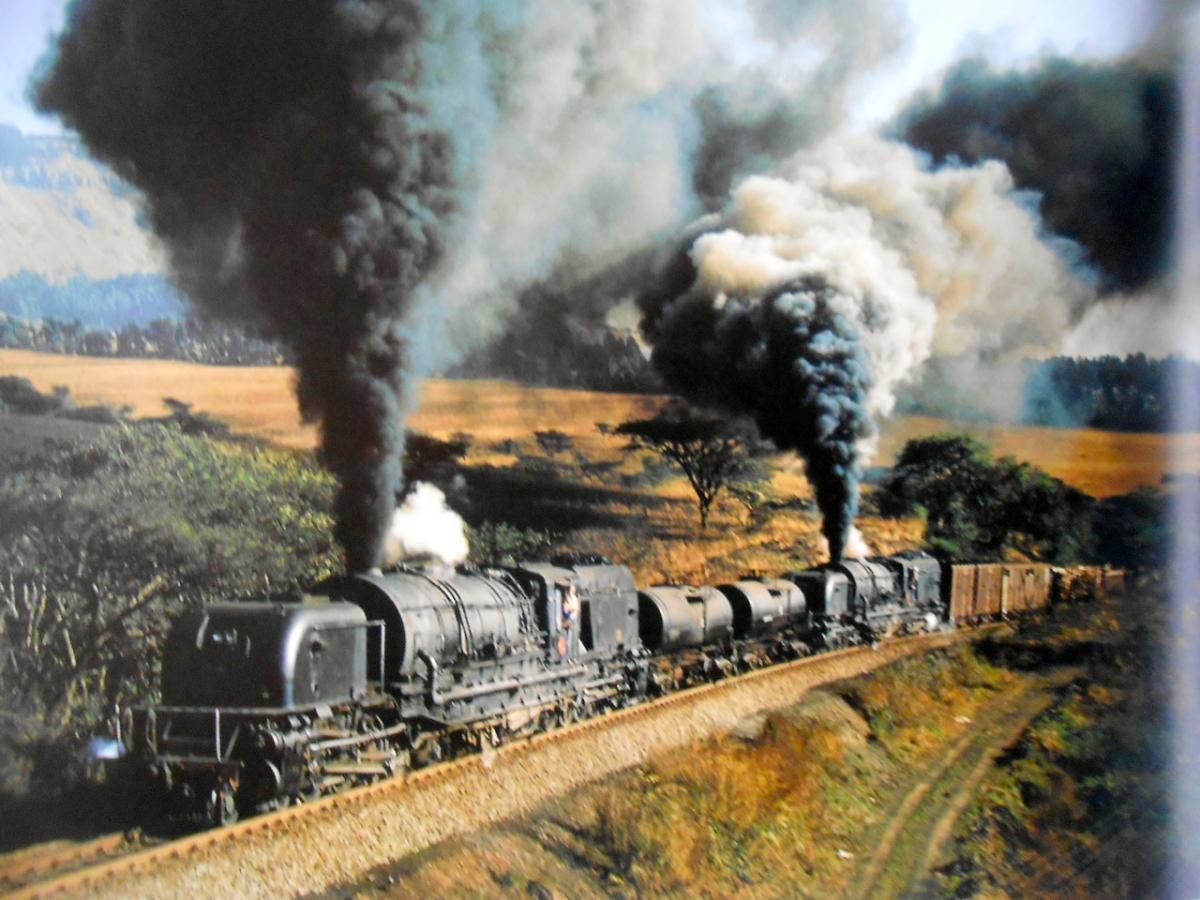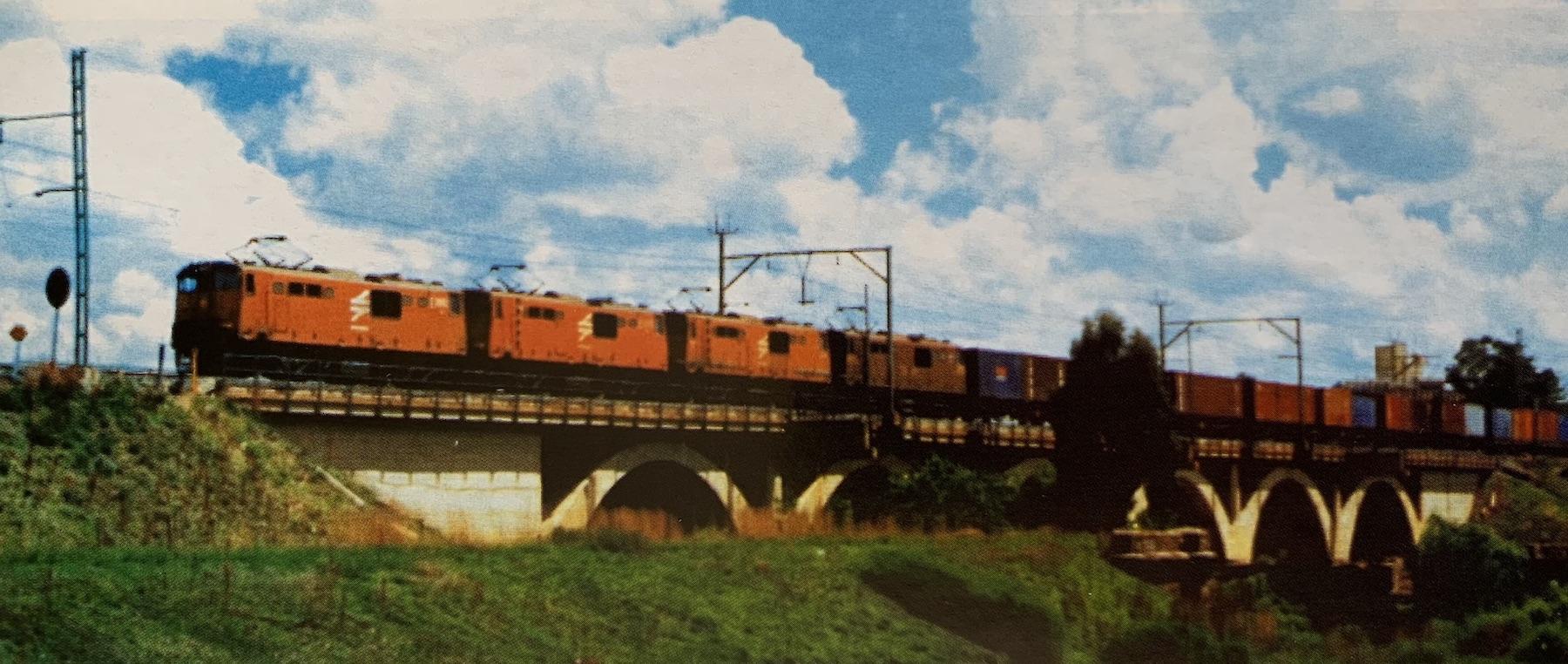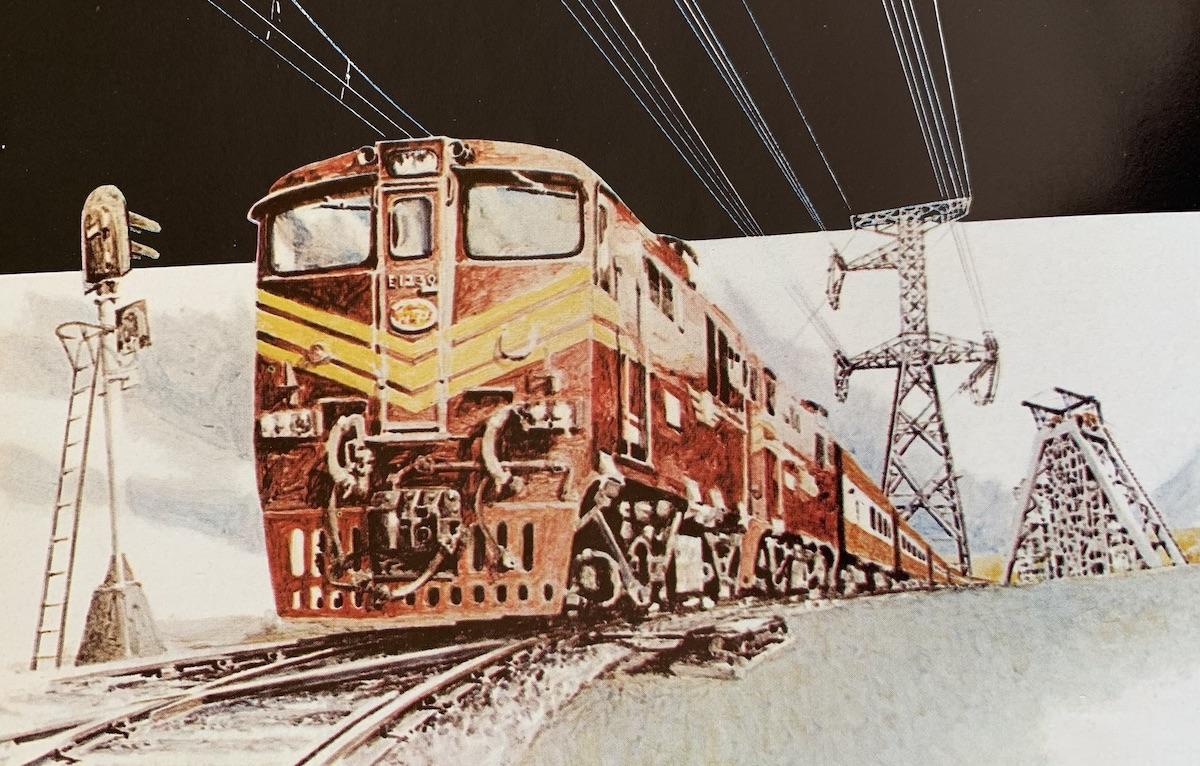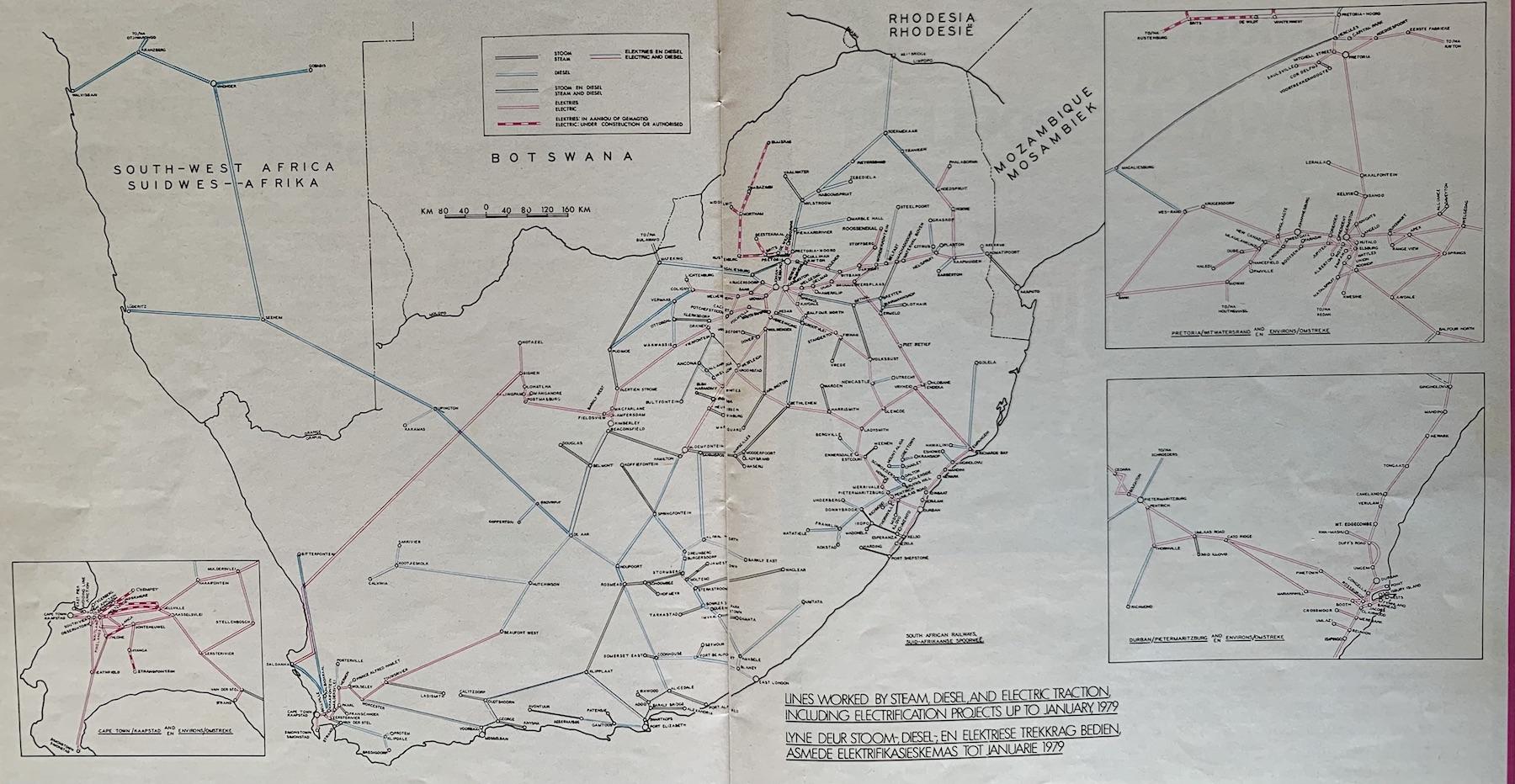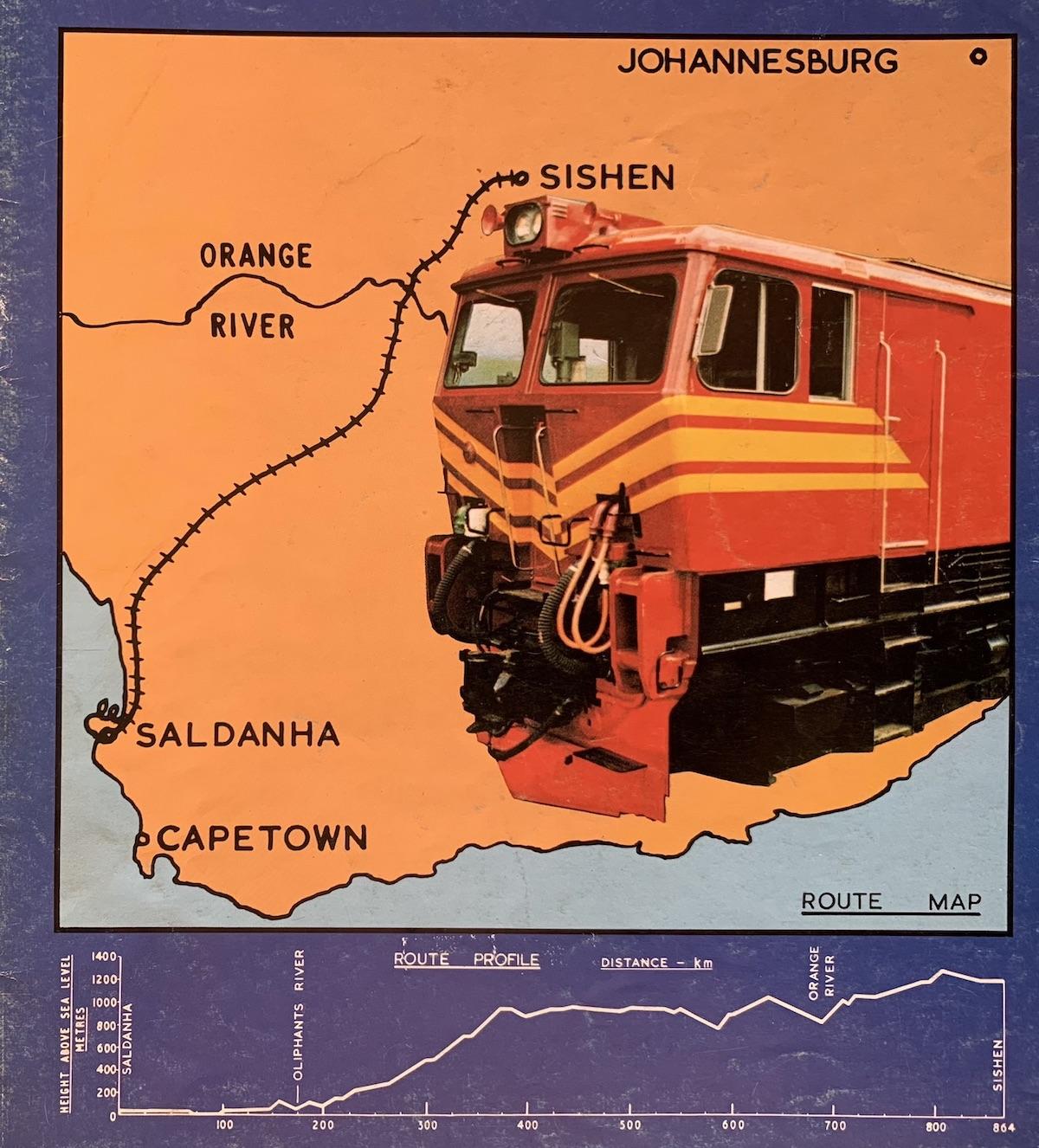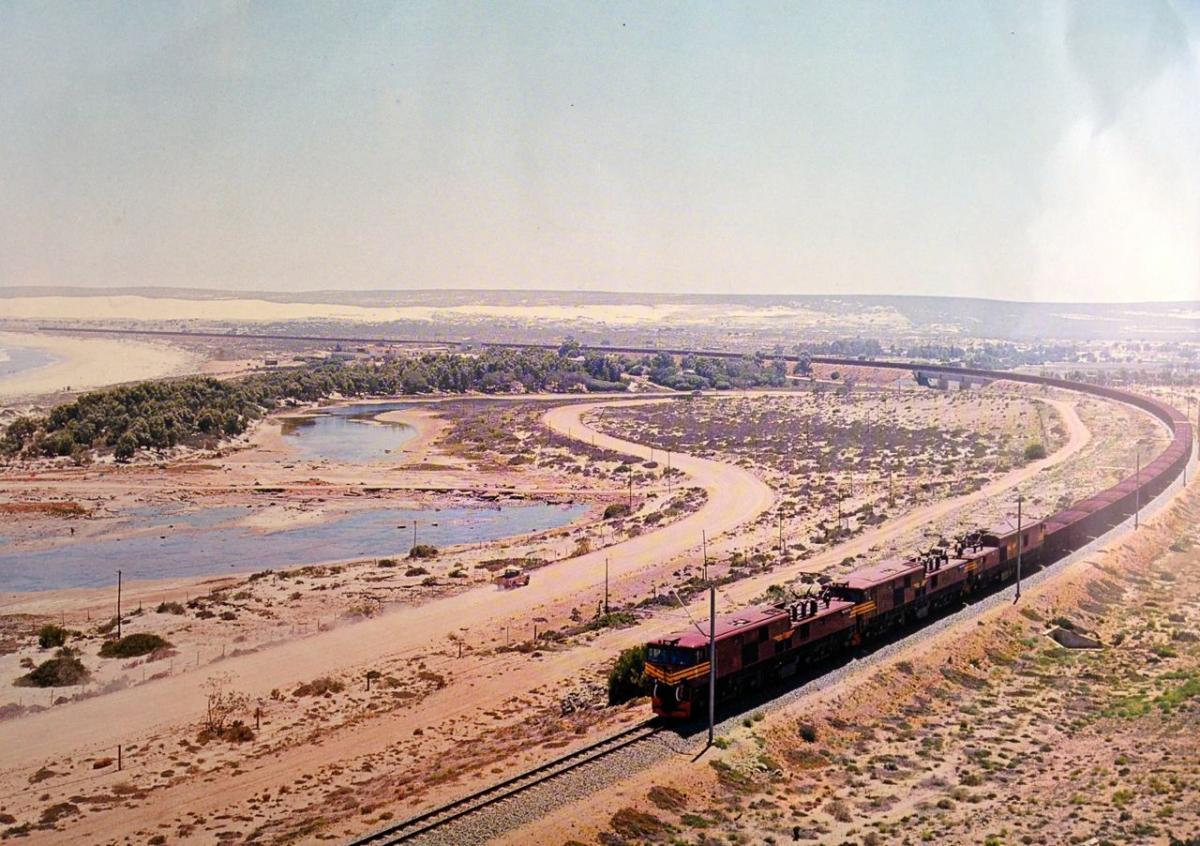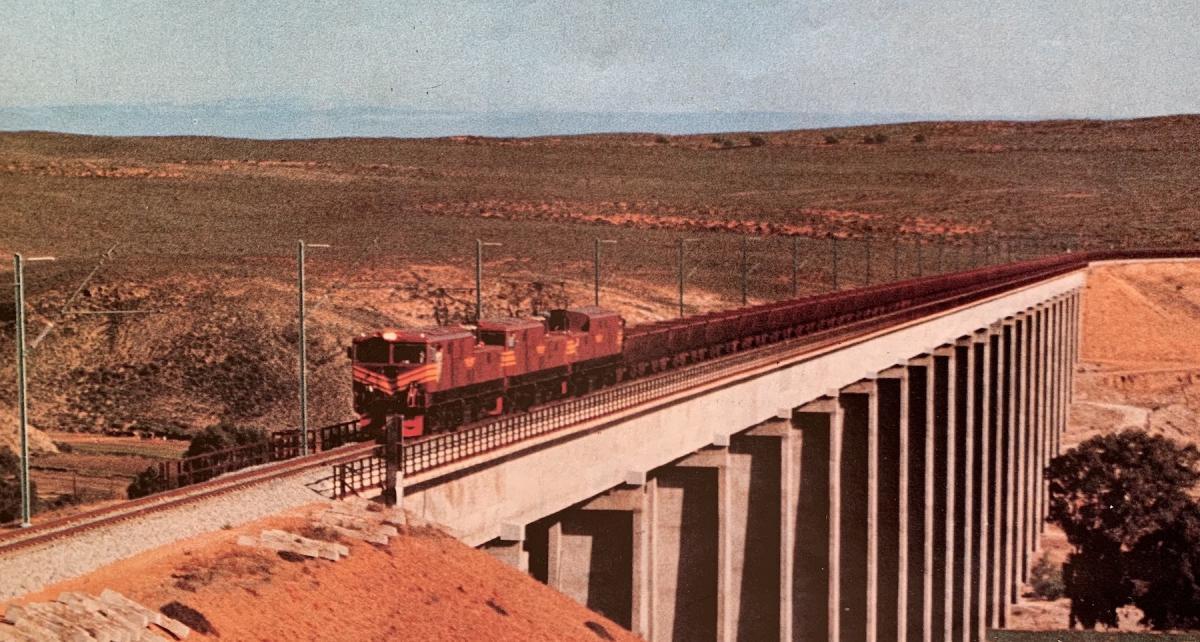
Disclaimer: Any views expressed by individuals and organisations are their own and do not in any way represent the views of The Heritage Portal. If you find any mistakes or historical inaccuracies, please contact the editor.
It was as recently as 140 years ago that our forebears’ lives were scarcely touched by electricity, bar the occasional lightning strike in a summer thunderstorm. Back then lighting, heating and cooking all entailed a naked flame, whether it emanated from a source fuelled by wood, coal, oil or gas and refrigeration for the lucky few was by ice in the “Ice Box”. Nineteenth century scientists would unlock the secrets of electricity and magnetism, which would lead the way for electricity to be harnessed for the benefit of Mankind; if you like the Second Industrial Revolution.
Electricity has created our modern world and the first fruit of its use was the electric telegraph, the precursor of the telephone and the internet, which from the 1840’s would enable a message, in Morse code, to be sent along a wire; hence the saying “to send a wire”. Lighting by electricity would be the next goal and by the 1870’s the race was on to perfect the incandescent light bulb. It was Thomas Edison who would take the plaudits but it was in fact Joseph Swan who would beat him to it and they would later come to an agreement to form a company, in 1883, with “Ediswan” as its trade mark.
Power generation, whereby a power station could supply electricity to a neighbourhood, was Edison’s aim and he heavily invested his time and money in developing Direct Current (DC) technology, however he would have a keen competitor in George Westinghouse who championed Alternating Current (AC) in what became known as the “War of the Currents”, which took place in America in the latter part of the 19th century. Westinghouse had a “trump card” which Edison had unwisely thrown away; the “Ace up his sleeve” was Nicola Tesla, a very “Bright Spark”. Tesla was an electrical genius who had first worked for Edison on arrival in New York in 1884, but the two men would agree to disagree over the way forward for electrical power supply. Edison had a closed mind to anything other than DC, whereas Tesla saw greater possibilities for AC transmission (as voltage could be stepped up and down through transformers) and he would, after leaving Edison’s employ, patent his ideas for AC generation. By 1888 Westinghouse would approach Tesla and buy out, for $50 000, the patents and thereafter the two men would join forces to win the “War”.
The World’s Fair: Columbian Exposition, which opened on the 1st May 1893 in Chicago, was illuminated by 100 000 incandescent lamps powered by twelve 1000 horsepower “Poly-phase” (AC) generators. Westinghouse had tendered for and won the contract to supply the electrical power for the Fair and he came in well under the price that Edison had submitted; it was a case of Westinghouse being prepared to take a financial loss to gain greater publicity for his vision of the future. When later Westinghouse successfully completed the contract to supply the city of Buffalo with hydro-electric power, by harnessing the Niagara Falls, Edison finally realised he was a beaten man and Edison Electric in its new guise as General Electric would be forced to switch over to AC or go out of business.
It would not take long before electricity would find new applications. One was railway motive power as it was realised that it had potential benefits over steam locomotion. As early as 1879 Werner von Siemens demonstrated the first electric railway with an external power source (previous ones had been battery powered), which carried visitors around the grounds of the Berlin Trades Exhibition. This was followed soon afterwards, in 1883, by Magnus Volk’s electric Brighton seafront railway, which ran a short distance along the shingle of the beach and became a popular attraction for Victorian day-trippers. Amazingly it still runs today courtesy of VERA – Volks Electric Railway Association.
The South African Republic (a.k.a. Transvaal) would prove to be an unlikely place in which to find an electric powered tramway especially in the remoteness of Pilgrim’s Rest, in the Eastern Transvaal (now Mpumalanga), but that was the case, as in 1897 a 2ft-6in gauge tramway (using 500 volts DC) was opened by the Transvaal Gold Mining Estates (TGME). It brought the gold bearing ore from the workings in the hillsides to a new central processing plant (click here to read “Pilgrim’s Rust -Tracing the Tramway”).
Old tramline Pilgrim's Rest (Peter Ball)
The rails, electric locomotives (2 No.) and “cocopans” (side tipping wagons) all came from Germany, whereas the cast iron poles supporting the overhead conductor wire came from England. The power supply was generated by a hydro-electric power station with water (“white coal”) flowing from the Blyde River. The engineer in charge, Mr. G. Wertheman, did a fine job under trying circumstances as the building of the tramway coincided with the Rinderpest (cattle sickness) outbreak of 1896-97 which killed off sixty per cent of the cattle in the Transvaal, including the draught oxen needed to pull an ox-wagon (the 3 ton truck of its day), accordingly supplies were delayed.
During the “Edwardian Era”, the period leading up to the First World War, great advances were made in the knowledge of electrification as applied to railways which would split opinion yet again as to the merits of AC versus DC and the so called “Battle of the Systems” would ensue.
London, with its large steam operated suburban railway network, was by the “Fin de Siecle” ripe for electrification in the face of stiff competition from electric trams, running along the main roads. The private railway companies of the time had diverse views on which system was the best to adopt. In the final analysis it would come down to either low voltage third rail or four-rail DC (as tried and tested in America) or high voltage AC overhead line equipment (as experimented with on the Continent). The third rail at 600 volts DC was espoused in 1915 by the London and South Western Railway (LSWR), whose terminal was Waterloo. In contrast, the London Brighton and South Coast Railway (LBSCR), whose terminals were Victoria and London Bridge, went for 6700 volt AC (by AEG of Germany) and as early as 1909 had opened its “Elevated Electric” service along the South London Line, between Victoria and London Bridge via Denmark Hill. Notwithstanding that the “Brighton Line” was first in the field, it would be the third rail DC system that would be the norm after 1929 when the Southern Railway (the grouping together of the LBSCR, LSWR & SECR in 1923) chose to standardise its equipment for future extension of its “Southern Electric” system towards the south coast and the channel ports.
A similar story would unfold for London’s “Inner Circle” (the Circle Line today) which was opened in part in 1863 and progressively extended until the circle (more of an ellipse) was joined up in 1884. It was a sub-surface (just beneath the roads) railway line, built by the “cut and cover” method, whereby the steam hauled trains would run within a brick barrel vaulted tunnel, thus breathing in sulphurous smoke fumes was an everyday experience for the passenger. The Inner Circle was then operated by two independent companies – the Metropolitan (“MET”) and the Metropolitan District, whose managements were often at odds with one another. The “MET” was the older of the two companies and was financially in a better position and all logic said that the “District” would in time be absorbed by the “MET”. The merger of the two companies however was scuttled by an American financier named Charles Tyson Yerkes Jr who was prepared to sink American money into the “District” to modernise it. He would also take over the deep level tube lines and thus form the Underground Electric Railways Co. of London (UERL); better known as the “UndergrounD” group. Both the “MET” and the “District” had by 1900 seen the urgent need to electrify the “Inner Circle and the lines that radiated out from it. However, the “District” preferred four-rail DC, whereas the “MET” wanted the Ganz & Co. three-phase AC overhead system as used on the Budapest Metro (of 1896). A spat between the two protagonists ensued which went to arbitration, whereby an independent tribunal rejected the three-phase plan favouring the low voltage DC, as the “well tried and successful system” and thus it became London’s standard. As a National Grid had yet to come into being, the railway companies were perforce to build power stations to provide the current to run the electric trains. The “MET” would build a power station at Neasden, the “District” one at Lots Road, Chelsea and the Great Western Railway (GWR) one at Park Royal to feed the railway line from Paddington to Hammersmith, which it jointly owned with the “MET”.
London Underground Railway Map circa 1908
Neasden Power Station (London transport in the 1950s)
The Great Western Railway was the only main line railway in Britain to never implement electrification, bar the aforementioned line to Hammersmith, which in any case would be taken over by “London Transport” in 1933. That is not to say that it did not consider doing so, as feasibility studies were implemented during the inter-war years but the proposals given were left in abeyance. Had the Second World War (1939 to 1945) not intervened it might well have been a different story as the Devon banks (Dainton and Rattery) of the main line west of Newton Abbott would have heard the hum of an electric loco easily surmounting them, but as it was the Copper Catenary (overhead wire) would never replace the Copper-capped Chimney (of its express steam engines). Isambard Kingdom Brunel (1806-1859) who engineered the Great Western and its constituents (between 1835 and 1859) would have heartily approved of the electrification scheme as it was the perfect solution to the problem that he failed to solve when he abandoned his South Devon atmospheric railway in 1848 (and had to revert to steam locomotion).
Brunel (Wikipedia)
The GWR’s second and final electrification study of 1938 was investigated by the distinguished consulting engineering firm of Messrs. Merz and McLellen, whose senior partner was Charles Merz (1874-1940) who was no stranger to South Africa as he not only advised South African Railways (SAR) on electrification matters but also on the setting up of the Electricity Supply Commission – ESCOM, which came into being in 1923 with Dr. Hendrik J. van der Bijl at the helm. Up until then the Victoria Falls Power Company (VFP) had been the major player in the supply of electricity, mainly to the mines on the Witwatersrand (“the Rand”). First registered in 1906 to harness the Victoria Falls in order to supply the industries of Southern Rhodesia and the Rand with electricity, the project was never fulfilled owing to political, technical and financial impediments and VFP would turn instead to exploiting the coal reserves of the Transvaal and by 1915 it was operating four power stations and at one time was the largest power utility in the British Empire. It was no coincidence that the man appointed (in 1908) to run the VFP just happened to be Merz’s right hand man – Bernard Price, who would remain in South Africa until his death in 1948, the same year that ESCOM took over the VFP.
Escom House from the air
In the first three decades of 20th century, Merz and McLennan were to become known as the electrical engineers to the Empire with railway commissions in Australia, South Africa and India. They had advised Melbourne, Victoria to electrify their suburban services to 1500 volts DC with current collection by an overhead catenary, which would be commissioned by 1919. In that same year Charles Merz came to South Africa to consult with members of the South African Railways (SAR) as to his company’s recommendations for the electrification of the Natal Main Line – from Durban to Volksrust, which was notorious for its steep gradients and tortuous curves (click here to read to South African Railways – the transition from steam). The Chief Mechanical Engineer (CME), David E. Hendrie in 1921 (just before his retirement) had three types of steam locomotive tested on a steep section of the line: a class 14B standard type, a class MH Mallet type and a class GA Beyer-Garrett type to see which one would come out best in trials (click here to read “The Big Fiery Giant”). The Beyer-Garrett proved to be the best at slogging up the banks but in truth it was a futile exercise as it was already known that an electric locomotive was the answer to dragging heavy loads up and over the banks.
Garratt Engine (Steam in Africa)
In the inter-war years (1919-1939), railway electrification would take place on the Natal Main line, it being energised at 3000 volts (3kV) DC, overhead line electrification (OLE), between 1926 and 1937 with power being generated from the Colenso power station on the banks of the Tugela River. Likewise the commuter services along the Rand (i.e. Johannesburg and its environs) would be commissioned also at 3kV DC and in Cape Town: CT to Simonstown and CT to Bellville however only at 1500 volts DC OLE. This would be eventually upgraded to 3kV post war when electrification was extended (in stages) from Bellville along the main line towards Beaufort West.
3kV DC locomotives (Railways Africa August 1996)
Class 6E1 3kv DC loco (Railways Magazine)
South Africa Railways would remain faithful to the 3kV DC system and extend its electrification along its main lines, however, as time went by the world standard (from 1955 onwards) would become 25kV AC, 50 hertz, single phase OLE and therefore the time came, by the mid 1970’s, to adhere to this new standard. Therefore when the new Coal Line, between Ermelo and Richards Bay was built it was energised to 25kV AC.
The “Steel Kyalami” between De Aar and Kimberley was the last preserve of steam motive power before the overhead wires were installed and when the time came it would be energised at 25kV. In 1989 a “Last Hoorah” for steam was played out along that “Raceway”, when the “Great South African Steam Train Festival” took place between the 15th and the 23rd of September, it was to be the sunset of steam. Steam power and electric traction had worked in unison for the previous 64 years and “will you still need me, will you still feed me” comes to mind as the steam engine was eventually superannuated. The venerable steam engine had reached its zenith by the mid 1950’s with the introduction of the Class 25 and 25NC, the last of the lineage, after which Electric traction would encroach progressively on steam’s “turf” with more and more powerful electric locos equipped for the 3kV DC lines (from Class 1E to 6E). There would come a time when dual voltage locomotives would arrive on the scene (Class 14E & 20E) with the benefit that they could be propelled by both 3kV and 25kV voltages, a “win win” for the Blue Train, which travels between Pretoria and Cape Town and back again (a distance of 1600km), as when it leaves Pretoria it is switched on to 3kV DC and on reaching Kimberley it switches over to 25kV AC and travels onward to Beaufort West, where it then switches back to 3kV DC for the remainder of the journey to Cape Town. The strategic plan going ahead is to upgrade most of the DC lines to 25kV AC by 2044 (see “Future Electrification” on page 159 of Ref 8).
Lines worked by steam diesel and electric traction up to Jan 1979
The story of railway electrification would be incomplete without a mention of the “OREX” (Ore Export) heavy haul line from Sishen to Saldanha Bay. It has a length of 861 kilometres (535 miles) across the arid Northern Cape which was planned and executed by the South African Iron and Steel Industrial Corporation (ISCOR), from 1973 to 1976, for the purpose of exporting iron ore from its mine at Sishen. The line was initially operated by ISCOR from May 1976 until April 1978, at first using six diesel locos in multiple to haul 200 wagons, whilst electrification was being implemented. SAR would take over the operation of the line and would re-classify it as a “Common-user” ore line serving several other mining companies in the Northern Cape as well. The ore line runs through a dry and sparsely populated region and it was deemed fit, by the ISCOR planners, to specify a non-standard higher voltage in order to increase the spacing between sub-stations, which feed the overhead catenary. The voltage chosen was 50kV AC 50 Hz which could tolerate voltage drops of 25kV in operation. It was considered by SAR to be a regrettable choice as they were going forward with their own 25kV AC electrification. Even so the ore line will always act independently from other railway lines and thus has its own fleet of 50kV electric locomotives, namely the Class 15E (of 2010) which is replacing the aging Class 9E (of 1978).
Sishen Saldanha Railway Line (Railways Magazine)
Heavy haul is no idle boast as an iron ore train of 342 wagons (3 x 114), is 3.78 kilometres long and has a mass of 41 400 tons and is hauled by mixture of electric and diesel locomotives, dispersed along the length of the train. A typical configuration (but not the only one) is of one Class 15E & one Class 43 diesel at the front, 2 15E’s after 114 wagons and one 15E after 114 more wagons and one 15E at the rear; all the locos are controlled from the cab of the front loco. The significance of 114 wagons is so that the wagons on reaching Saldanha Bay can be marshalled into 3 rakes of 114 wagons and then shunted through to the port for tippling (discharging by turning upside down). The reason for the one diesel loco being included is that it acts as an insurance policy should the line voltage dip below 25kV; should this happen then the electric locos would draw less power whereas the diesel being self propelled will not lose its power.
Freight train on the Sishen line
Worldwide Alternating Current has proven to be the most efficient and economical to implement but having said that the existing Direct Current lines are still fit for purpose and serving well and to replace them will not come cheap! Take for instance southern England where 750 volt DC third rail is the main traction current, extending from London to as far west as Weymouth and all because a decision was made back in 1923, by the then new Southern Railway board, to ditch 6700 volt AC OLE.
References and Further Reading:
- “Tesla vs Edison” from “Scientific Feuds” pages 196 to 203 incl. by Joel Levy, published by New Holland, 2010.
- “Pilgrim’s Rust – Tracing the Tramway” by Peter Ball, Heritage Portal, 2015.
- “London’s Elevated Electric” by Charles E. Lee, posted on the web by the Southern Railway E-mail Group (www.sremg.org.uk)
- “A New Era Dawns – the first fifteen years of South African Railways” by Peter Ball, Heritage Portal, 2015.
- “South African Railways – the years of transition from steam” by Peter Ball, the Heritage Portal, 2021.
- “Sishen-Saldanha railway line” Wikipedia
- “South African Trains, Sishen to Saldanha Line” video on YouTube
- “CHAPTER 3 – Rail Development Plan” Transnet SOC Ltd, 2016 (www.transnet.net)
Comments will load below. If for any reason none appear click here for some troubleshooting tips. If you would like to post a comment and need instructions click here.

